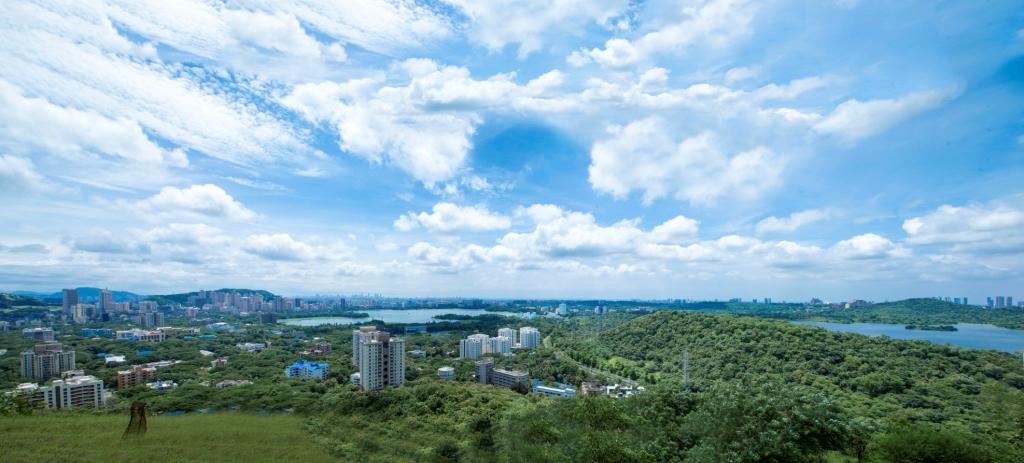Maps of the institute invariably show a spur of land jutting out into the Powai Lake from the place where the trio postgraduate hostels stand. Upon this piece of land lies an impressive forest extending to the shores of the lake. This forest is part and parcel of IIT Bombay but rarely frequented by campus residents because the entrance to it is subtly hidden away from view. In fact, this peninsula, which has been known as Kol Dongri for long, can be considered an extension of the Sanjay Gandhi National Park to the north. Dubbed the El Dorado of birdwatching by none other than Dr Salim Ali (1896-1987), the “Birdman of India”, Kol Dongri is important for the unique geography that it sits on: it provides a woody and marshy ecosystem and is a waypoint for several species of migratory birds. Over the last couple of decades, Kol Dongri has been chipped away at for various purposes, most notably to build three student hostels and to house a construction workers’ camp. Today, the Kol Dongri forest has been reduced to nearly half of what it used to be just two decades ago.
Author
Ganesh Chelluboyina
Ganesh Chelluboyina
Ganesh is a final-year undergraduate student at IITB and a resident of H2. When not occupied with attending lectures or figuring out assignments, he enjoys exploring nature in and around the campus. He intends to pursue higher education in energy and environmental engineering.
